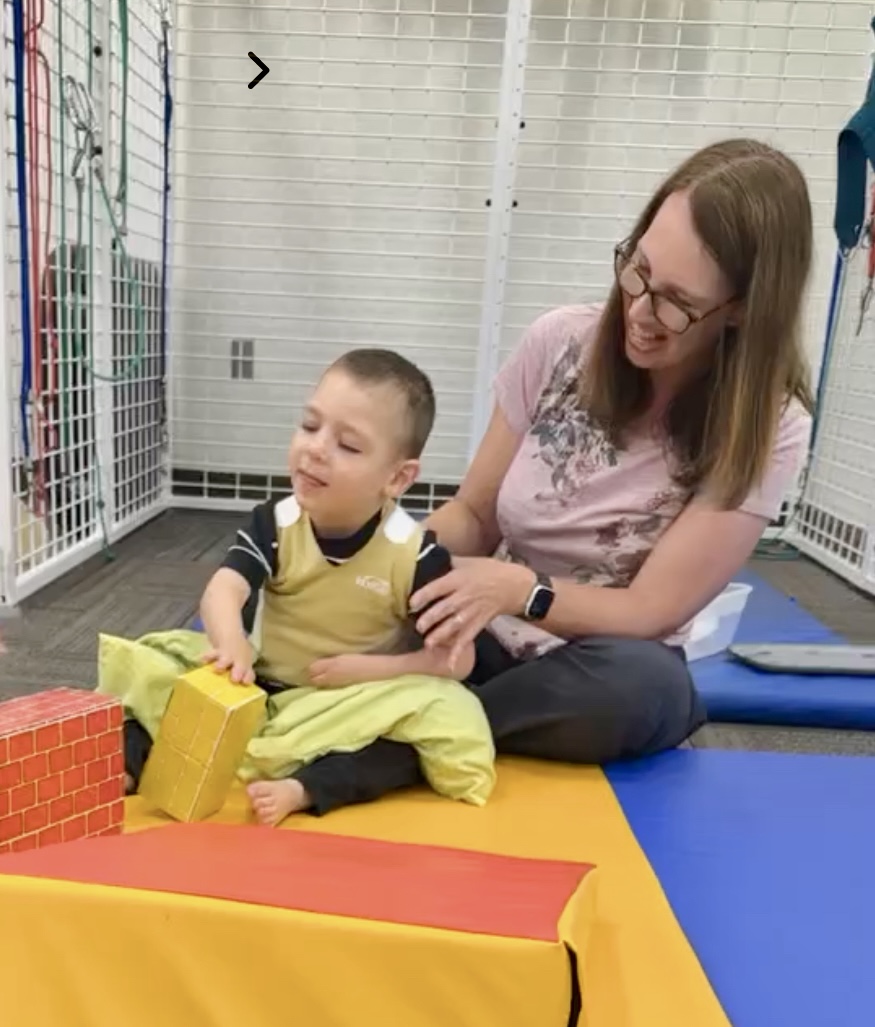

- Call 908 543 4390
- Email
- Dr.Joni Redlich PT,DPT


If you have a child who has difficulty with social skills and I asked you what kind of therapy could help your child develop these skills, what would you say?
I can guarantee physical therapy wouldn’t be on that list. Not even on the bottom of the list. Read more
Trunk or core strengthening is a need for children of various diagnoses, including coordination disorders, low tone, cerebral palsy and Down syndrome. In fact most child with developmental differences regardless of diagnosis will benefit from strengthening to the trunk muscles. Read more
An NDT-based session will have a session goal that is a mini-version of a short-term goal. The sequence of the session is to elongate and align body structures and then activate movement patterns for a functional skill. The idea is that in order to achieve a functional goal, such as crawling, walking or jumping, certain movement patterns need to be coordinated. Muscles and coordinated movement can occur best when the body is properly aligned. The mini-goal is broken down into movement patterns that have to occur for that action to occur. Read more
NDT is a problem-solving approach used by physical therapists, occupational therapists, and speech and language pathologists to improve the abilities of child and adults with nervous system pathologies face during their daily lives. It is not a prescribed series of techniques, but a dynamic approach to planning and implementing treatment. Read more

This is the third part of The Balance Series. In the first part we reviewed the components of balance. In the second part we discussed the various vestibular dysfunctions that can occur in children. In this last article we will look at the different components of treatment. Read more
As discussed in The Sense of Balance there is an important sense that may not be part of our daily consciousness, but is integral to everything we do. The vestibular system plays a role in posture, balance and vision. Read more
We all learn about our 5 senses as children: smell, touch, see, hear and taste. Our sensory systems are so important to how we experience each day. We smell the delicious food that is cooking, hear the sizzle from the pan and can’t wait to get a taste. Our sensory systems also underlie our attention, focus and motor control. An important sense that may not be part of our daily consciousness, but is integral to our ability to move, play and learn, is our sense of balance.
Read more
Guest Post by Z’s Mom
As an Occupational Therapist, I have often joked about “inflicting myself on my kids”….and as a Mom of three boys, now 19, 22, and 24, one of the things that helped me survive raising them was picking my battles.
When our oldest son was 6 years old, we were already battling dyslexia and dysgraphia, even though he was a bright boy. It frustrated him when he wanted his letters to look perfect but could not get them to look that way, and he had daily stomach aches and visits to the school nurse. When he did not have motivation or desire to ride a bicycle, and we lived on a busy street with a bumpy sidewalk, and even trips to the park did not inspire him to persevere on the bike riding, we decided not to upset him any more until he wanted to try again. Read more
